Through the Looking Glass
Jul 6
/
Witty Sandle

One of my favorite similes to explain spiritual direction is a mirror. A mirror helps us to see ourselves as we are, as well as what we think we look like. Which may or may not be objectively true. The process of spiritual direction gives us the opportunity to see ourselves differently. One of the underlying assumptions in the work of Spiritual Direction is that directees carry within themselves the seeds of the answers they seek. For directors grounded in the Christian tradition, the assumption is based on a theological understanding that the Holy Spirit resides within us as followers of Jesus Christ. In the mirror simile, the director reflects the directee’s God created image, helping them to pay attention to the promptings and nudges of the ever-present Spirit. As a result, their reflection is slowly and incrementally transformed.
I offer three ways in which this works.
Firstly, the act of holding up a mirror helps us bring to the surface those parts of ourselves that have been obscured by our outer or inner world and lie buried beneath many layers.
All mirrors require a wipe down every now and then. Have you experienced the mild annoyance when the one in your bathroom fogs up, lost in the swirling steam from your shower? Your image is obscured. You lean forward to clear a patch, (or perhaps you blast it with your hairdryer, a little trick of mine), and there, your face appears. Through deep compassionate listening, the director acts in a manner that amounts to the equivalent of this process. As directees hear their own words reflected- back, the hazy fog starts to lift. The mumbo jumbo of voices, impressions and feelings take on coherence and what was shadowy forms lacking shape become clearer.
Secondly, as we rehearse the life stories that have led to our negative self-perceptions, the director, through a few well- chosen observations and/or questions, begins to clear away the vapors of unawareness. We start to see that these vapors have, over time, clouded our ability to see ourselves in the various dimensions of our lives.
For example, a directee may have little awareness of the ways in which they have been gifted by God because of their negative self-perceptions. They believe they have nothing to offer in the service of others. They begin to reflect on the work of God’s grace in their life, recalling specific instances. The director affirms their experience, using mirroring language and the directee begins to see the ways in which they have, in turn, poured themselves into their colleagues, friends, neighbours and family. They are surprised as they remember some of the positive tangible and lasting impacts they have initiated. Gradually, the incongruities between a directee’s lived experiences and their self-image start to appear and the directee leaves a session seeing themselves differently.
Lastly, when we experience genuine attentive presence with no prodding, assuming or fixing, we receive the courage we need to look at ourselves.
Sue Pickering writes, “It is only with someone we really trust, or whose timely presence provides a much-needed chance to be heard, that a story from a protected part of our experience might be brought to the surface.” [1]
To become vulnerable in the company of another is a daring act and we cannot underestimate the bravery required. Have you ever avoided looking in a mirror or caught a reflection of yourself and wish you hadn’t? Mask-wearing is, to an extent, a necessary survival mechanism. The ways in which we project ourselves to others allow us to go about our daily lives in relative safety. We cannot and should not reveal all to just anybody.
However, we do need to have some relationships in which we can let down our guards and stand naked, knowing who we are will be accepted, warts and all. A director has the sacred privilege of providing a mirror, a directee has the nerve to look at. They will have the opportunity to see the good, the bad and the ugly. Only as this happens, can true transformation happen.
In summary, the mirror image shows us the ways in which the Spiritual Director acts as a reflective surface, gently displaying back to ourselves truths we have failed to see or perhaps forgotten. As we expose our layers of being, narrate our hallowed stories and bring down our ego defenses, our very selves are illuminated and transformed.
What are your favorite metaphors and similes for describing spiritual direction?
Notes:
[1] Sue Pickering, Listening and Spiritual Conversation, (Norwich, England: Canterbury Press, 2017), 107.

Witty Sandle
Witty works as the Career and Vocational counsellor at The King’s University in Edmonton, Alberta, combining her professional career development background with her spiritual direction skillset. She graduated from Portland Seminary in 2019 with a Masters in Spiritual Formation. Witty is deeply interested in questions of vocation and significance. She describes her own vocation as seeking to be an attentive presence, creating safe spaces where others can discover all they are called to be. http://www.everydaypilgrimages.org

